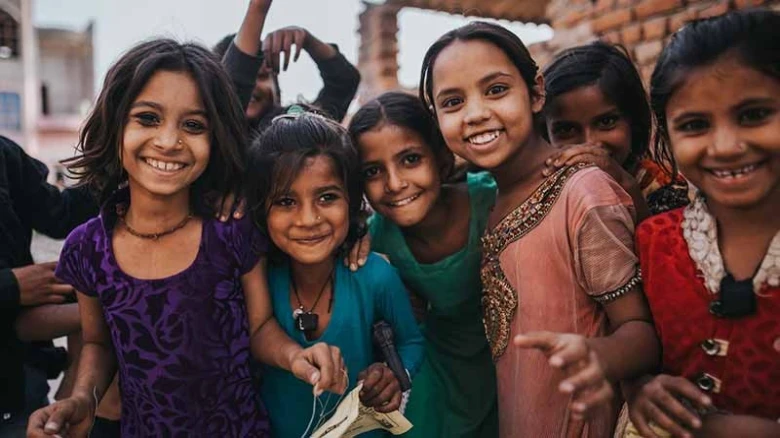According to Center data, adoptive parents favored adopting 9,474 girls instead of 6,012 boys......
Digital desk: In the last two years, adoptions across India have shown a surprising tilt towards the choice to adopt a girl child, with Punjab leading the trend. This has allowed India to break the customary craving among issueless couples to adopt a male child under the Hindu Adoption and Maintenance Act (HAMA).
The figures put up by the Center, via Additional Solicitor General Aishwarya Bhati, clearly demonstrated the antithesis of the long-standing Vedic trend. As instructed by the Supreme Court on November 20 of last year, 10 states failed to provide information regarding adoptions under the HAMA; however, the ASG supplied the data that 11 states had on file, totaling 15,486 adoptions for the years 2021–2023.
According to Center data, adoptive parents favored adopting 9,474 girls instead of 6,012 boys. Nevertheless, regardless of gender, the ideal age for adopted children is under six years old. 69.4% of registered prospective adoptive parents (PAPs) choose children between the ages of 0 and 2; 10.3% choose children between the ages of 2 and 4; and 14.8% choose children between the ages of 4 and 6 according to a tabulation by the Central Adoption Resource Agency (CARA).
Leading the way in India's drive towards gender equality are Punjab and Chandigarh, which data imply show in adoptions. 2,530 boys and 4,966 girls were adopted out of the 7,496 adoptions in the state that were recorded under HAMA. Of the 167 adopted children in the Chandigarh Union Territory, 114 were female.
1,415 (835 girls) in Andhra Pradesh, 291 (165 girls) in Odisha, 1,671 (985 girls) in Tamil Nadu, 1,056 (558 girls), Uttarakhand 685 (472 girls), and U (66 girls) were among the couples who adopted 2,107 children from Himachal Pradesh. Hindu couples in Telangana were more inclined to adopt male children (out of 242 total adoptions, 48 of which were girls); in contrast, West Bengal couples were on the edge of defying the pattern, with 228 adoptions total—112 of which were girls.
However, the Union govt, which compiled the data submitted by the states, placed the information with a caveat. “While some parents obtain adoption deed (under HAMA), which is a legal document formalizing adoption, maximum do not choose to register the adoption document,” it said.
"Unlike some other adoption systems, HAMA does not impose a mandatory registration process, nor is there a centralized authoring overseeing or controlling these adoptions... Since there is no restriction on relations, adoptions amongst known Hindus is a fact and the variability in adherence to legal formalities reflects on the informal nature of HAMA adoption,” the Centre said.

Leave A Comment